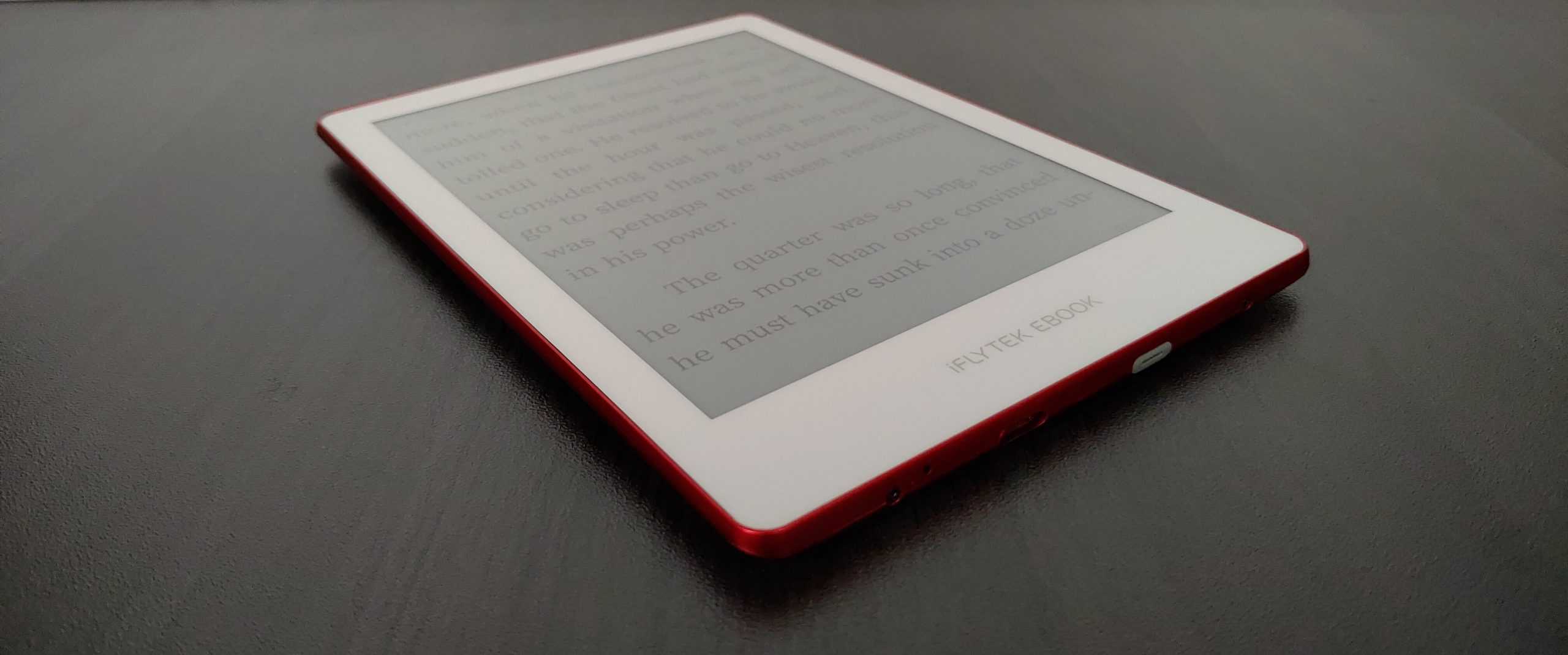E-readers are quickly becoming an amazing business idea nowadays since most people are starting to believe it is easier on their delicate eyes than reading from phone screens. Even if Amazon’s Kindle is definitely the biggest brand of them all in this business, the Chinese e-reader market has started seeing various domestic brands topping the popularity lists. For the best options right now, see our list of 5 Best E-Book Devices In China:
1. ONYX BOOX:

What makes this brand unique is that it offers devices from 7.8 to 13.3 inches that can also work as digital note-taking tablets, equipped with a pen that lets users pen down their notes as they would in any paper notebook.
Must Read: 10 Best Audio Books Apps
The latest Onyx devices such as the Max Lumi (13.3 inch), Onyx Boox Note Air (10.3 inch), the Note 3 (10.3 inch), and the Nova 3 and Nova 3 Color (7.8 inch) all have a wide variety of functions.
2. Amazon:
The Amazon e-reader brand is so popular, China adores it as well. However, the truth is that in the Asian part of the world, there is not much difference between Amazon and Onyx.
Must Read: 7 Best Book Reading Apps For Android and iOS
Kindle is available at more affordable prices though, and its functionality is more straightforward as an e-book reader. Kindle also delivers an admirable battery life.
3. iFlytek:

Still on the topic of best e-book devices in China. This one is a partially state-owned Chinese AI firm established in 1999 that also produces e-book readers. The Smart Office X2 is the e-book reader that is presently gaining popularity in China, and it even scored number one on e-commerce platform JD.com recently.
It is almost very expensive and it is a 10.3-inch E Ink device. If you want something that would work as a note taking device as well, this is the brand for you.
4. IReader/Zhangyue:

Zhangyue doesn’t just launch e-readers, it is also the online literature publisher behind the iReader platform. Its the most popular ebook reader in China right now, and it possesses 8GB storage.
Must Read: 10 Best Personal Development Books You Should Read Right Now
The iReader Smart 2 is also well known on JD.com, and it is a note-taking device with 32GB storage and a 10.3 inch screen. The difference with the Smart X device mainly lies in its screen quality.
5. Hanvon:

Despite the fact that this brand made our list, it is not as popular like other devices above. It delivers top value for money however, as it comes with a 6-inch 1024×758 resolution screen and 4GB in storage. Their product is even marketed as being simple, stylish, and ergonomic.
There you have it – a comprehensive list of 5 of the best e-book devices in China. If you have any personal favorite or other recommendations, feel free to drop them in the comment section below.
More Information On Gadgets:
A gadget is a small tool such as a machine that has a particular function, but is often thought of as a novelty. Gadgets are sometimes referred to as gizmos.
In the software industry, “Gadget” refers to computer programs that provide services without needing an independent application to be launched for each one, but instead run in an environment that manages multiple gadgets.
There are several implementations based on existing software development techniques, like JavaScript, form input, and various image formats.
The earliest documented use of the term gadget in context of software engineering was in 1985 by the developers of AmigaOS, the operating system of the Amiga computers (intuition.library and also later gadtools.library).
It denotes what other technological traditions call GUI widget—a control element in graphical user interface. This naming convention remains in continuing use (as of 2008) since then.
It is not known whether other software companies are explicitly drawing on that inspiration when featuring the word in names of their technologies or simply referring to the generic meaning. The word widget is older in this context.
In the movie “Back to School” from 1986 by Alan Metter, there is a scene where an economics professor Dr. Barbay, wants to start for educational purposes a fictional company that produces “widgets: It’s a fictional product.”



